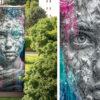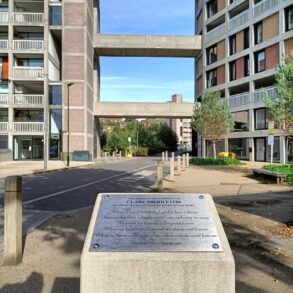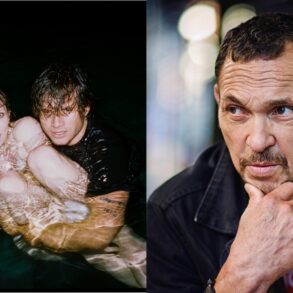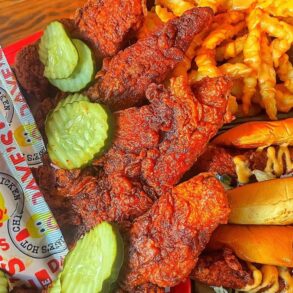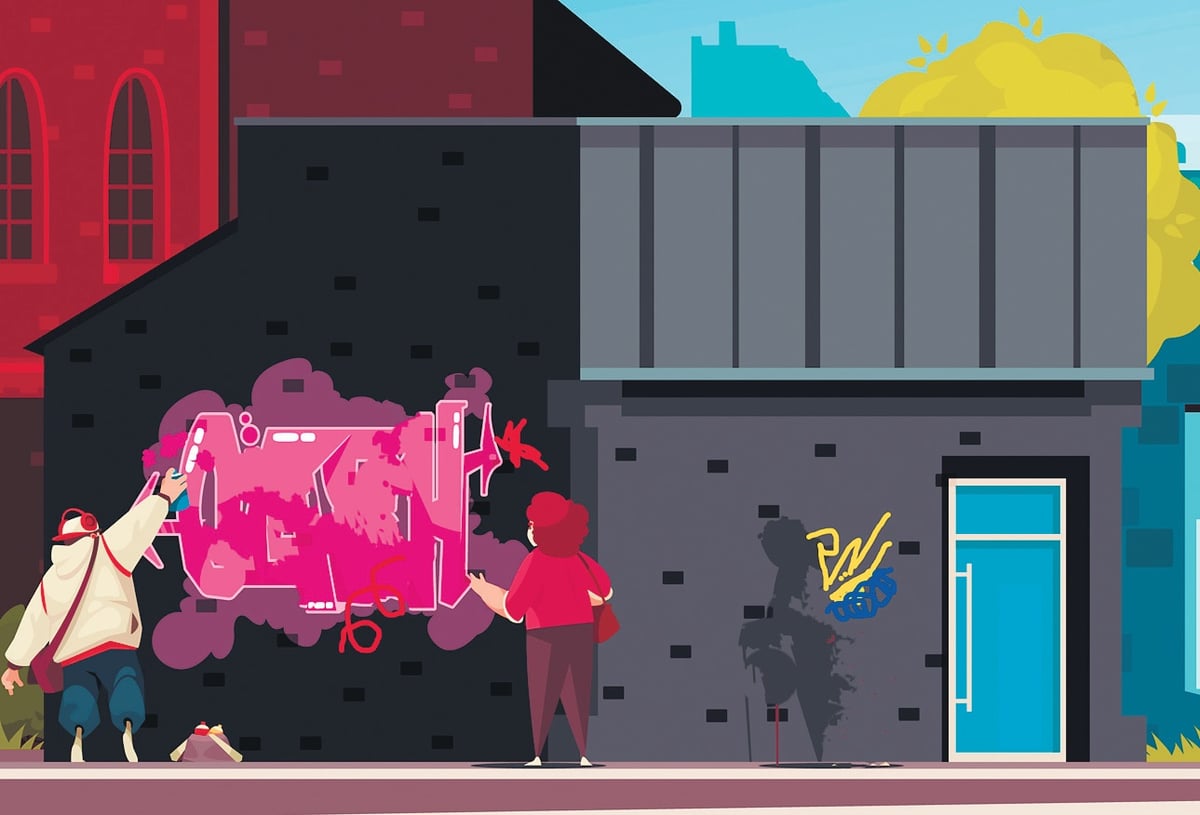
Napoleon’s soldiers are known to have etched their names on monuments during their campaign in Egypt. During the Second World War, the phrase ‘Kilroy was here’ scribbled next to the drawing of a bald man with a large nose, peeking over a wall, with his fingers clutching tightly, became immensely popular and turned up on many walls where the American soldiers served.
In the 1960’s and 70’s, modern graffiti evolved with artists using spray paint. Subway trains in New York were the targets initially. In contemporary times, graffiti has served as powerful voice of dissent, especially in conflict areas where open protests are punishable. The Arab Spring in 2011 and the more recent revolution in Sudan witnessed a lot of such art.
Graffiti on the walls of our country is still considered illegal and categorised as vandalism. Its purer form, street art, however, is allowed if the due permissions have been procured. Not so surprisingly, in India, the laws are still vague and the illegality of graffiti on our roads is determined by the discretion of the authorities and the local political administration.
This ambiguous status of graffiti being either art or a crime has not deterred Indian artists from using it to express their anguish regarding varied issues. Daku which translates as ‘bandit’ is a street artist from Bengaluru who mocks the system through his graffiti. He is considered the pioneer of street art in our country. Bengaluru-based Baadal Nanjundaswamy is also known to use graffiti to highlight the pathetic condition of our roads.
Questioning the system through art in public spaces may perhaps invite trouble with the administration but is it not ironic however, that political outfits and corporates are allowed to disfigure our city walls to promote their greed and ambitions? Designate public spaces for graffiti and may the citizen’s voices speak in bright colours.
This post was originally published on this site be sure to check out more of their content.


